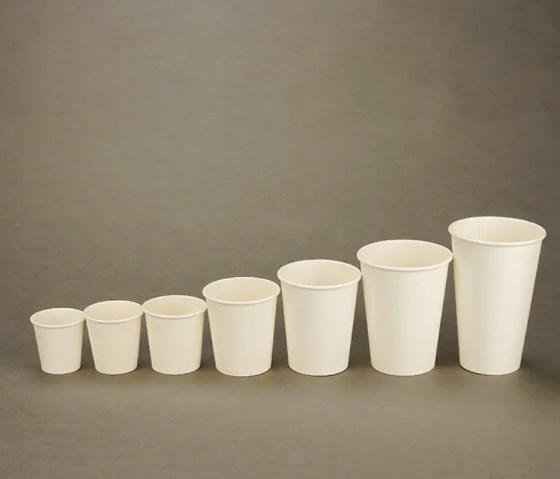Introduction to Paper Cup Thickness and Performance
The thickness of a Disposable Paper Cup is a critical factor that affects both thermal insulation and user comfort. A cup that is too thin may allow heat to quickly transfer to the user’s hand, causing discomfort and potential safety concerns. Conversely, overly thick cups can improve heat retention but may increase material costs and reduce flexibility. Balancing cup thickness is therefore essential to ensure optimal temperature control, comfortable handling, and a positive drinking experience.
Heat Retention and Insulation
Thicker cup walls provide better insulation by creating a greater barrier between the hot liquid and the outer surface. This slows heat transfer, keeping beverages like coffee, tea, or hot chocolate warmer for longer periods. Enhanced insulation is especially important in commercial settings such as coffee shops, where customers may carry cups for several minutes before consumption. Conversely, cups with very thin walls allow rapid heat dissipation, which can cause the beverage to cool faster and increase the likelihood of burns if the cup surface becomes too hot.
Comfort and Hand Feel
The thickness of the cup also affects the tactile experience. Cups with adequately thick walls feel more substantial and comfortable in the hand, providing a sense of sturdiness and quality. Thin cups, while lightweight and economical, may feel flimsy, bend easily, and require the user to grip more carefully to avoid deformation. Excessively thick cups, however, may feel bulky or rigid, which can reduce the convenience of handling, particularly for on-the-go consumption.
Material Considerations
The type of paperboard and coating used interacts with thickness to influence both insulation and hand feel. High-density paper or cups with double walls can achieve superior thermal protection even at moderate thicknesses, while maintaining a pleasant tactile sensation. Single-wall cups require greater thickness to provide comparable insulation. Additionally, coatings such as polyethylene or biodegradable alternatives can affect heat transfer and comfort, with laminated surfaces often reducing heat penetration and providing a smooth exterior.
Impact on Beverage Experience
Proper cup thickness not only protects the user’s hand but also maintains the temperature of the beverage, enhancing the overall drinking experience. Consistent warmth allows the flavor profile of hot beverages to remain stable, while preventing burns ensures user safety. The perception of quality is also influenced by thickness, as sturdier cups convey a premium experience, whereas flimsy or easily deformed cups may detract from consumer satisfaction.
Balancing Cost and Performance
Manufacturers must balance the benefits of thicker cups with material costs and environmental considerations. Thicker paper cups use more resources, increasing production costs and environmental impact, whereas very thin cups may compromise insulation and comfort. Double-wall or insulated sleeve designs can provide a compromise, offering sufficient heat retention without dramatically increasing material usage.
Conclusion on Thickness and User Experience
In conclusion, the thickness of a Disposable Paper Cup is a key determinant of thermal insulation and hand comfort. Properly designed cups maintain beverage temperature, protect users from burns, and offer a stable, comfortable grip. Material selection, coating, and wall design all contribute to balancing insulation, tactile experience, and cost-efficiency. By optimizing thickness, manufacturers can enhance user satisfaction, safety, and overall product quality, making this factor an essential consideration in cup design and production.

